
Earl of Derby is a title in the Peerage of England. The title was first adopted by Robert de Ferrers, 1st Earl of Derby, under a creation of 1139. It continued with the Ferrers family until the 6th Earl forfeited his property toward the end of the reign of Henry III and died in 1279. Most of the Ferrers property and the Derby title were then held by the family of Henry III. The title merged in the Crown upon Henry IV's accession to the throne in 1399.

Liverpool Castle was a castle in Liverpool, England, that stood from the early 13th century to the early 18th century (1237–1726).
Master of the Mint is a title within the Royal Mint given to the most senior person responsible for its operation. It was an important office in the governments of Scotland and England, and later Great Britain and then the United Kingdom, between the 16th and 19th centuries. Until 1699, the appointment was usually for life. Its holder occasionally sat in the cabinet.
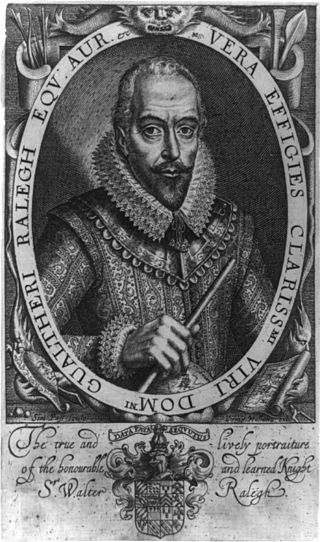
The Lord Warden of the Stannaries used to exercise judicial and military functions in Cornwall, England, UK, and is still the official who, upon the commission of the monarch or Duke of Cornwall for the time being, has the function of calling a stannary parliament of tinners. The last such parliament sat in 1753.
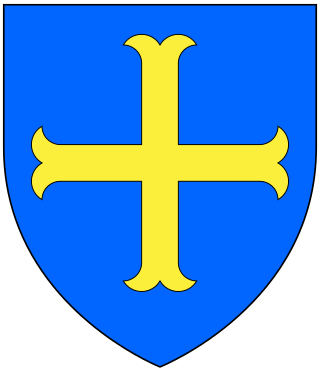
Molyneux is a French surname. The surname has been linked primarily to a large French family that settled in Lancashire, England. By the 14th century the Molyneux family had split into three main branches: the Lancashire line, who became the Earls of Sefton; the Nottingham line; and the Calais line, from those remaining in France. There was also a branch of the family who were Irish baronets.
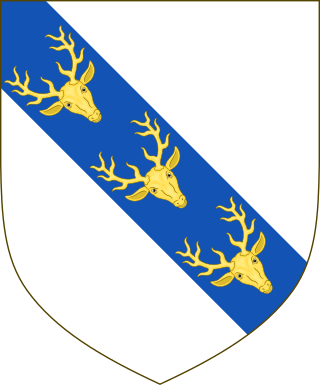
Sir Thomas Stanley, 1st Baron Stanley, titular King of Mann, KG, of Lathom and Knowsley, Lancashire, was a Privy Councillor, Comptroller of the Royal Household, Lieutenant-Governor of Ireland (1431–36), Chief Steward of the Duchy of Lancaster, Knight of the Shire for Lancashire, Constable & Justice of Chester, Chamberlain of North Wales, Lord Chamberlain (1455), and from 15 January 1456 was summoned by Writ to Parliament as Lord Stanley.
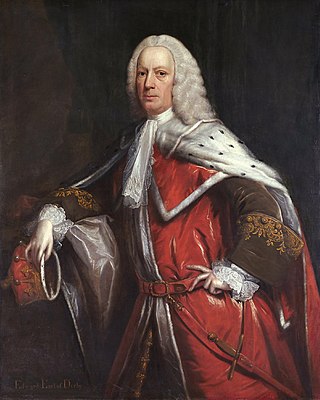
Edward Stanley, 11th Earl of Derby, known as Sir Edward Stanley, 5th Baronet, from 1714 to 1736, was a British nobleman, peer, and politician.
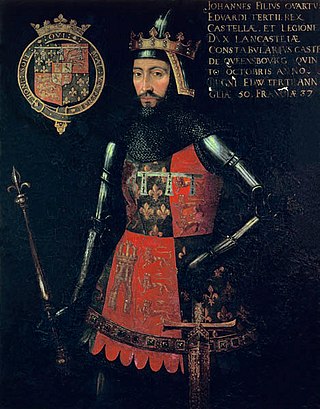
The High Sheriff of Lancashire is an ancient officer, now largely ceremonial, granted to Lancashire, a county in North West England. High Shrievalties are the oldest secular titles under the Crown, in England and Wales. The High Sheriff of Lancashire is the representative of the monarch in the county, and is the "Keeper of The King's Peace" in the county, executing judgements of the High Court through an Under Sheriff.
The Lord High Treasurer of Ireland was the head of the Exchequer of Ireland, and chief financial officer of the Kingdom of Ireland. The designation High was added in 1695.

The Stanley family is an English family with many notable members, including the Earls of Derby and the Barons Audley who descended from the early holders of Audley and Stanley, Staffordshire. The two branches of the Audley family were made Barons Audley but both ended in the male line in the 14th century, after which their considerable estates were passed to a number of female heiresses, while the Stanleys would be elevated in the 15th century first to Barons Stanley and then Earls of Derby, a title they continue to hold.

Sir Gilbert Gerard was a prominent lawyer, politician, and landowner of the Tudor period. He was returned six times as a member of the English parliament for four different constituencies. He was Attorney-General for more than twenty years during the reign of Elizabeth I, as well as vice-chancellor of the Duchy of Lancaster, and later served as Master of the Rolls. He acquired large estates, mainly in Lancashire and Staffordshire.

Brooks's is a gentlemen's club in St James's Street, London. It is one of the oldest and most exclusive gentlemen's clubs in the world.
Sheriff of Dublin City was a judicial and administrative role in Ireland. Initially, the Sovereign's judicial representative in Dublin, the role was later held by two individuals and concerned with a mix of judicial, political and administrative functions. In origins, an office for a lifetime, assigned by the Sovereign, the Sheriff became an annual appointment following the Provisions of Oxford in 1258.
The Trustees for the Establishment of the Colony of Georgia in America, or simply the Georgia Trustees, was a body organized by James Edward Oglethorpe and associates following parliamentary investigations into prison conditions in Britain. After being granted a royal charter in 1732, Oglethorpe led the first group of colonists to the new colony, arriving there in February, 1733. The trustees governed Georgia, one of the Thirteen Colonies, from its founding until 1752, a period known as Trustee Georgia.











